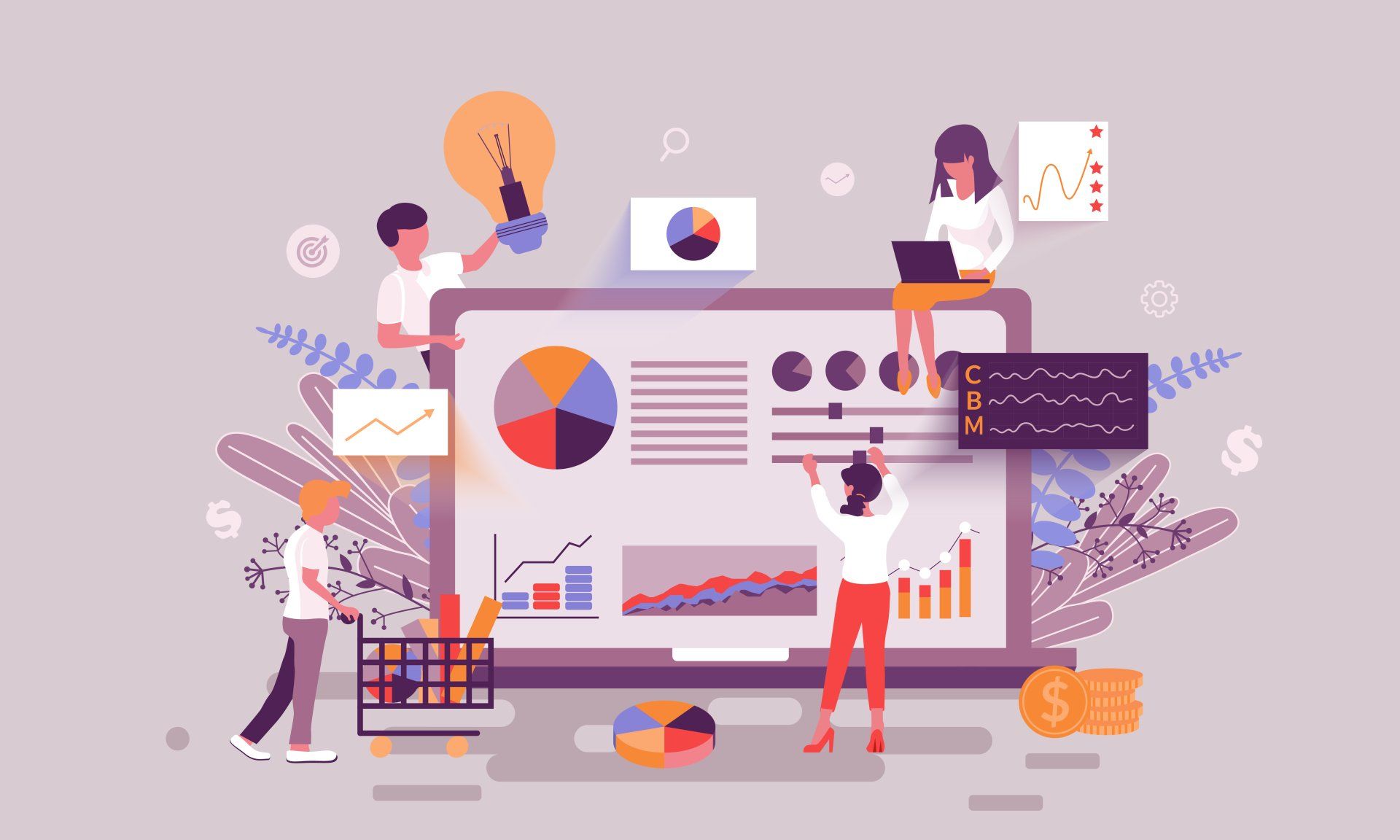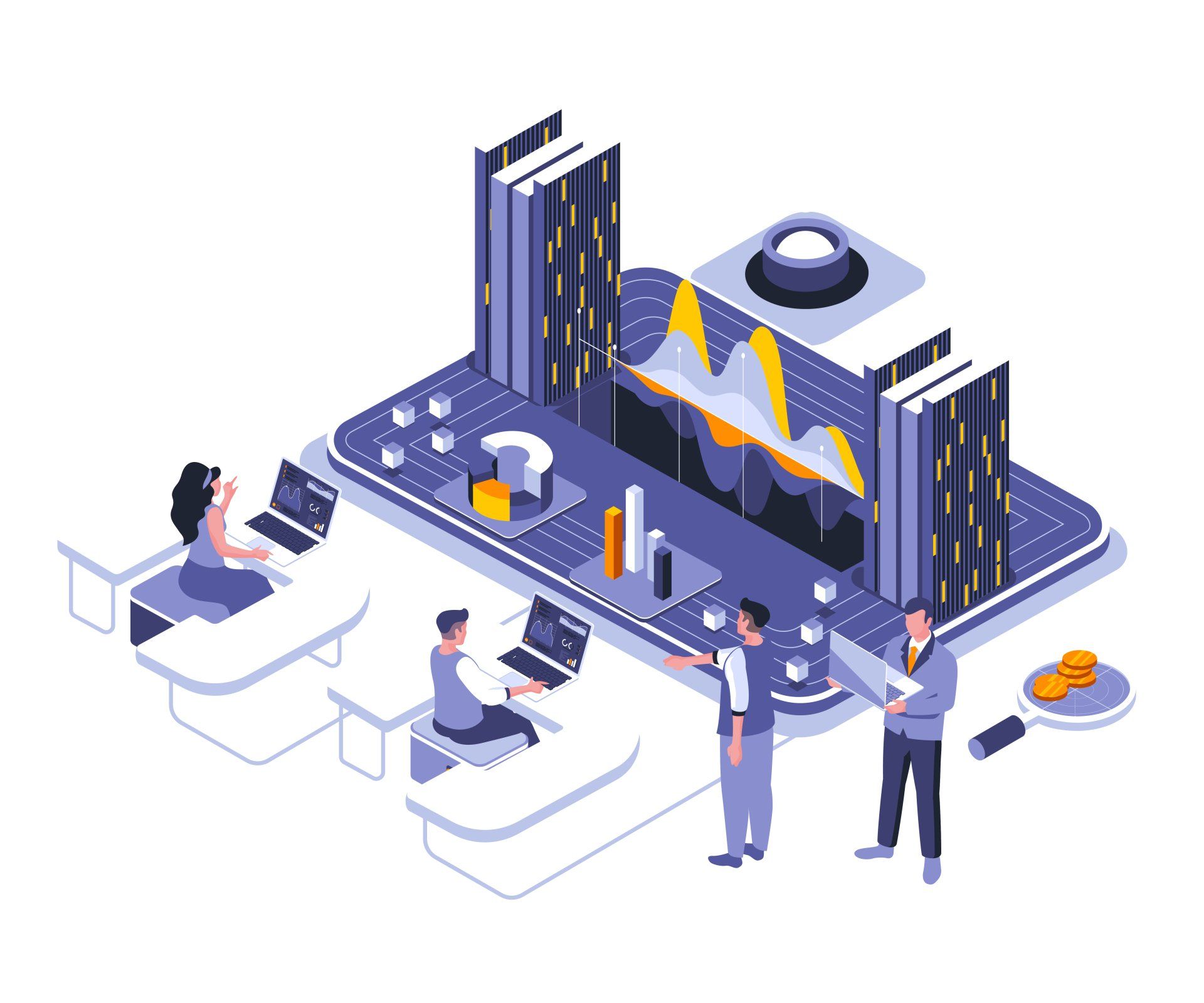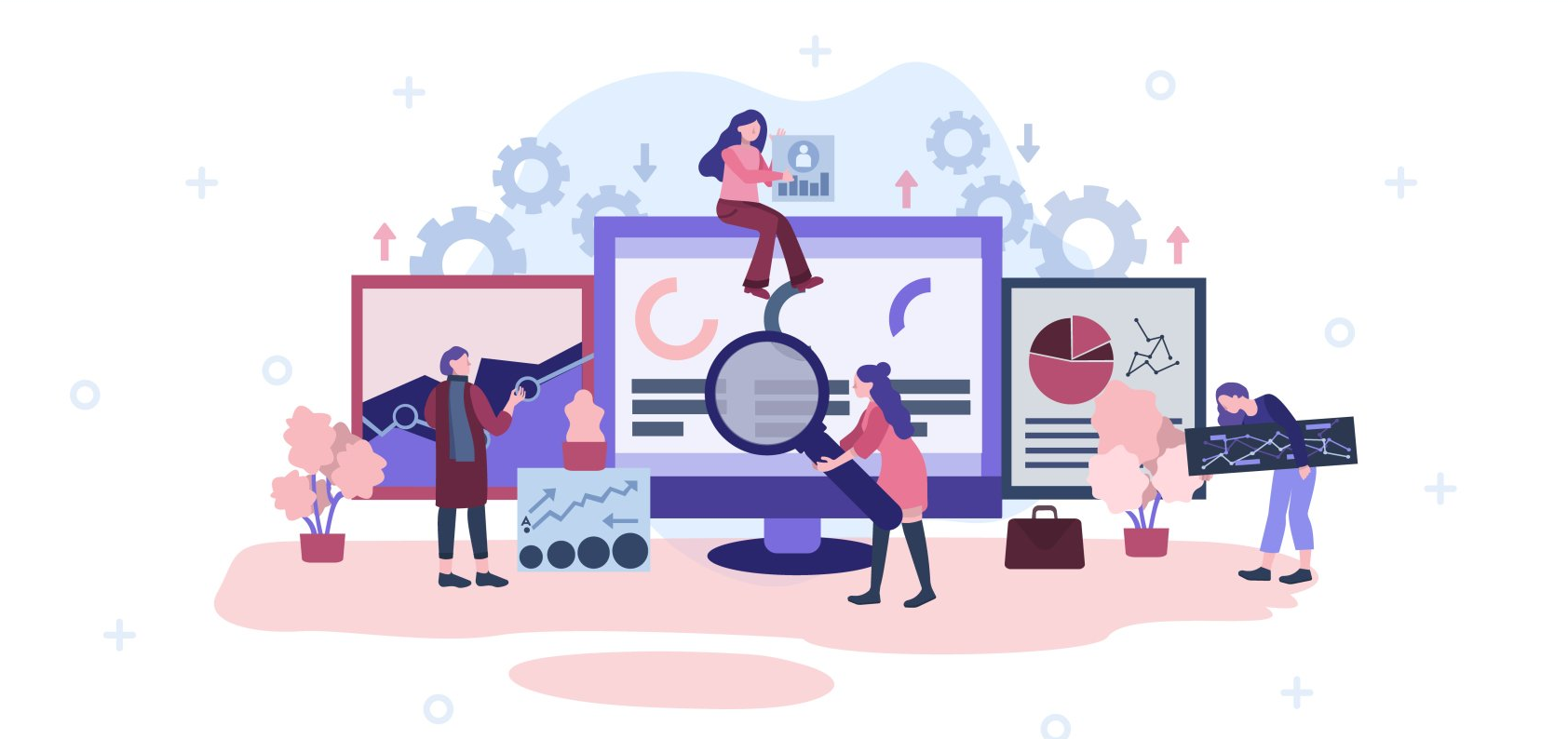Five landing page tips to increase sales
How Can Landing Pages Increase Your Sales?

Testing and optimisation
It stands to reason, but if you want to be sure how well (or not) something is working, you need to test it. You should do this right from the start – when you set up your website. But if you didn’t do a proper job at the start, or you haven’t reviewed it for a while, now is a good time to test your landing pages again.
Many people will tell you that a short landing page works best – not too much information to overwhelm a potential customer and a simple, clear path to checkout. But others will tell you that a longer page works better – that their customers want to get as much information as they can in one place before committing to buy.
Clearly there is no right or wrong answer. Different page lengths work better for different businesses, different industries and different customer bases.
So you need to test what works for your own customers and potential customers. Testing is the only way to be sure what your visitors are looking for, to encourage them to convert. Test a variation at a time – like page length, headline, call to action and image size – so you can back up your ideas with concrete data.
Once you have this information, you can optimise your landing pages in response to your own data. Making changes to your website based on the results of your testing will gradually shift you towards the ‘perfect’ landing pages for your industry, your business and most importantly, your customers.
Dynamic keyword insertion
Dynamic keyword insertion (DKI) is a way of customising the text in your ads, so that they better meet the needs of people searching for products or services like yours.
It is a useful tool for companies which have a lot of products which match the same description. Using DKI to add specific terms to adverts which match searches means visitors will be more likely to buy from you.
For example, if you sell garden furniture, this can appear in a number of different searches. So your ad would include the key term ‘garden furniture’, but if someone was to search for the more specific ‘rattan garden furniture’, the text in your ad will change to read ‘rattan garden furniture’.
The version of the advert a person sees is dependent on the keyword or phrase they searched for initially. If an ad matches their original search eg by reading ‘rattan garden furniture’ rather than just ‘garden furniture’, they would be more likely to make a purchase from you than from a business whose advert just said ‘garden furniture’.
This technique can also help you to reach a local audience, by adding the location to both an ad and your landing page eg ‘Cheltenham’s best garden furniture’. Even when shopping online, many people prefer to buy from smaller, local businesses than from big companies.
Breadcrumb technique
The breadcrumb technique might seem counterintuitive. Because aren’t we always hearing that less is more? That people prefer to do things quickly and move on? The breadcrumb technique does the complete opposite. It means visitors fill in a series of shorter landing forms – and don’t have to give their name and email address straightaway.
Instead, the breadcrumb technique starts with some qualifying questions which will help visitors decide if your business and your product or service is what they were looking for. If your business isn’t right for them, they will leave at this stage, which is fine – because they wouldn’t have converted anyway.
The technique works because visitors find it easier to engage if the questions aren’t asking for their contact details from the start.
Initial questions should seem ‘non-threatening’ and therefore very easy to answer. Having got over this first hurdle, visitors are then more likely to move through your subsequent questions, including giving their contact details.
What might have seemed ‘threatening’ at the outset becomes less threatening because they have already started to engage with you. Starting with a very small ask means they are more likely to say yes as your request grows and becomes a bigger commitment.
Answering an initial question which doesn’t require them to share their contact details is the start of a visitor’s engagement with your business, which many will be willing to see through to the end.
And if it doesn’t work quite as you’d hoped, the breadcrumb technique makes it easier to find out where your visitors are giving up. Whether they are giving up after the first question or just before the last form, you are picking up valuable data. This makes it easier for you to make changes to improve your forms to ensure better engagement and more quality leads in future.
Tracking micro-conversions
Time spent on a page, abandoned baskets or viewed videos are all ‘micro-conversions’. They don’t go as far as actually converting, but they are steps visitors take on their way to make a purchase.
You can track micro-conversions to see what is working and what isn’t. If visitors are clicking away from your landing page quickly, is there a problem with the page? If lots of people are abandoning their baskets, is your checkout process too complicated?
By tracking your micro-conversions, you can pick up any potential problem areas and then work to improve them. Go back to your testing and optimisation to find out what works and what doesn’t for the audience you are trying to reach. Ultimately, this will make your landing pages more effective and increase your sales.
Use Live Chat
Live Chat is becoming increasingly common on websites. And for good reason – because it works!
Without Live Chat, if a visitor gets confused on your landing page, they may spend time on your site looking for answers eg delivery costs or your returns policy. However, the likelihood is that they will simply leave your site and go and look for their answers, and a similar product to meet their needs, elsewhere.
But Live Chat means you can answer any queries and guide a customer through the sales process in real time. It is especially useful if you are selling complex, unique or high-end products. If people are going to be spending a lot of money, they want to be sure that they are getting the right product or service before they commit to buy. But they don’t necessarily want to step away from your website to look up additional information, send an email or make a phone call to get the information they need.
Being able to chat anonymously can feel less stressful for visitors than a phone call or email conversation. In fact, research shows that many consumers prefer Live Chat to email, phone or social media as a way of getting in touch with a business. Most people find it easy to use and are satisfied that it gives them the answers they are looking for.
Getting immediate answers to their queries helps to build confidence in your brand – and shows that you care about customers and are ready and willing to help them.
Using these five tips for the landing pages on your ecommerce site can help you to increase sales and build up customer loyalty.
But as every business and every customer base is different, they may not all work for you.
The key is to keep following the tips, keep testing and keep optimising until you have a website and landing pages which work for the audience you are trying to reach.
More Posts.









